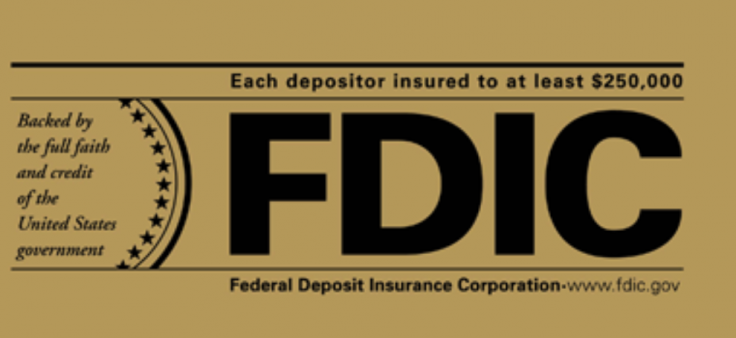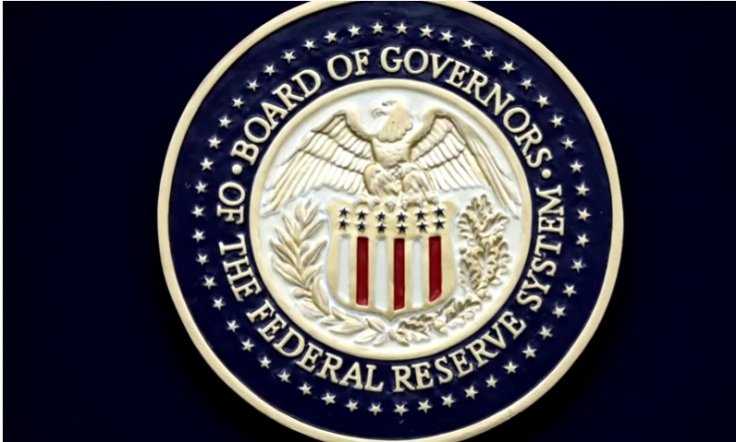Global rating agency S&P cut the credit ratings of multiple US banks saying the 'tough' lending environment that exists currently has prompted the decision. The rating agency also downgraded the outlook on many other US banks.
S&P said the factors like the possibility of the Fed maintaining high interest rates for an extended period and the potential decline in deposits of FDIC-insured banks influenced the ratings downgrade.

Erosion of Loan Value
If the Fed keeps the rates high for a longer period, it will result in an erosion in the value of the banks' value of loans for borrowers who seek refinancing. Also, many US banks are facing troubles in maintaining liquidity in the backdrop of the huge rise in interest rates.
S&P Global's ratings downgrade of the US banks comes two weeks after Moody's downgraded the credit ratings of several US banks. Moody's had downgraded the ratings of 10 banks by one notch, while it also placed some other banks on review leading to potential downgrades. The downgraded banks included M&T Bank, Pinnacle Financial Partners, Prosperity Bank and BOK Financial Corp. Moody's also placed on review for downgrade include BNY Mellon, US Bancorp, State Street and Truist Financial.
Bank Failures
The ratings downgrade by top agencies come in the backdrop of several bank failures in recent months, including those of Silicon Valley Bank and Signature Bank, which set off a bank run of unprecedented scale. Though banking regulators implemented emergency measures that ensured the cascading effect was limited, the shattered confidence in the banking sector, especially in regional banks, has not yet been restored.

On Monday, S&P downgraded the ratings of five banks, including KeyCorp, Comerica Inc., Valley National Bancorp, UMB Financial Corp. and Associated Banc-Corp.
S&P also downgraded the outlook on S&T Bank and River City Bank from stable to negative, citing factors like its exposure to the commercial real estate market.

Quantitative Tightening
According to S&P Global, the rating downgrade came in the wake of the Federal Reserve's "quantitative tightening" through which the central bank attempts to reduce post-pandemic debt burdens by shrinking the balance sheet. As long as this exercise lasts, the deposits held by Federal Deposit Insurance Corp (FDIC)-insured banks will dwindle, S&P says. Federally insured banks are struggling with unrealised losses of more than $550 billion on their securities, it said.
Read more








